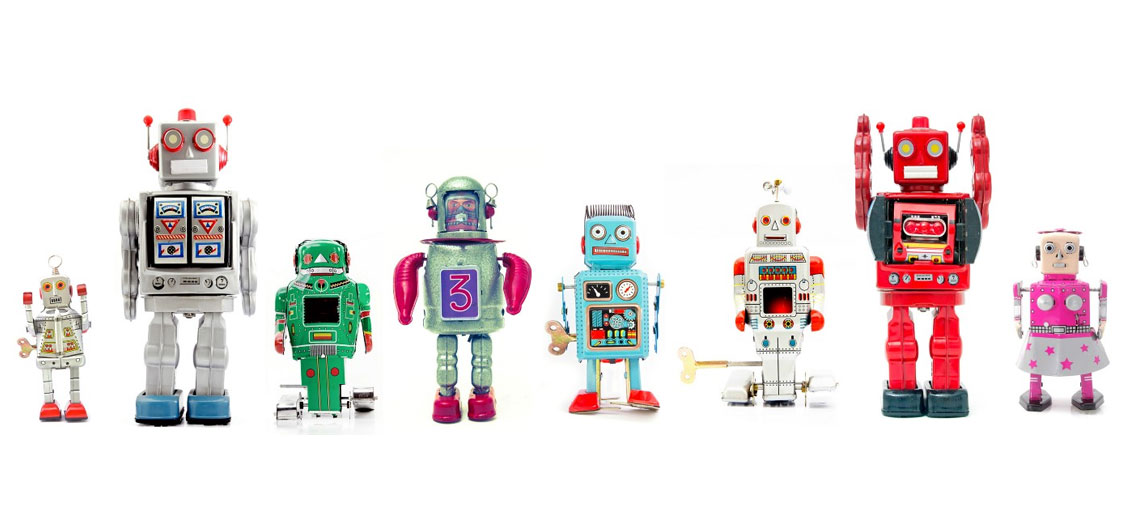
The robots are coming. 43% of manufacturing companies across the globe expect to replace more than 5% of their employees with robots in the near future, research by Grant Thornton shows.
As more and more R&D focuses on the replacement of human intelligence with machines, the gap between those ‘in’ and those ‘out’ of automation may soon radically increase. As it stands, more than half of businesses see themselves keeping their employees on board, with 28% redeploying them to operate the machines that replaced their function.
Since the introduction of the first robot arms onto assembly lines in the 1960s, the fear that they will take human jobs has slowly spread. It’s easy to see why, for many, the idea of artificial intelligence (AI) surpassing human intellect is a daunting thought, but as manufacturers face efficiency challenges there are only so many ways to increase productivity, or output per hour worked. Workers can work faster, harder, and smarter – or companies can substitute machines for humans, as they’ve been doing since the advent of the industrial age.
A decline in productivity is well publicised and there are many possible reasons for the slowdown. In particular, the ongoing wave of baby boomer retirements. When an employee with 30 or 40 years of experience leaves the workplace a business loses an asset that often can’t be duplicated.
This substitution trend is accelerating, driven by advances in robotics. Industrial robots are becoming more affordable at the same time that they’re becoming more intelligent, smaller, nimbler, and more adaptable and energy efficient. This speed of technological change has led Google’s director of engineering, Ray Kurzwell, to estimate that robots will, “reach human levels of intelligence by 2029”.
As the baby boomers continue to leave the workforce over the next decade, more and more companies are going to replace such workers with machines.
Industrial robots today perform about 10% of all manufacturing tasks, on average. Industry expects forecast this will increase to 25% within ten years. This will be one of the major factors – perhaps the major factor – powering future productivity gains both here and abroad. By 2025, the productivity gains stemming directly from the increased use of industrial robots are estimated that they will range from 10% to 30%, depending on the country and industry, giving companies and countries a competitive advantage.
Driving the robotics boom are recent technology improvements, combined with declining costs. With prices continuing to fall and robots becoming more adaptable and user-friendly, SME’s are getting in on the action as well.
Robots are cost effective in other ways as well. They don’t need lighting, heat, air conditioning, supervision, or food etc. So what we’re seeing, and will see more of in the future, are “lights out” manufacturing plants, operating largely unsupervised for days at a time, at great cost and energy savings.
Couple this with improvements in the robotic systems themselves – better vision sensors, better gripping systems, easier-to-program computer technology – and the business case for robots becomes compelling.
The first robots might have been installed in factories in the 1960s, but we are only now truly entering the golden age of robotics. What does all this mean for manufacturing talent right now? We are currently experiencing a well publicised shortage of Engineering & Manufacturing professionals across all sectors. With automation already at the forefront we are specifically seeing huge demand for project managers, lean experts, Health & Safety and engineering managers with specialist skills. As for the future, robotics and automation will open doors to new industries and generate new roles requiring creativity, judgment, empathy and a thirst for innovation – human skills which robots can’t yet replicate.
